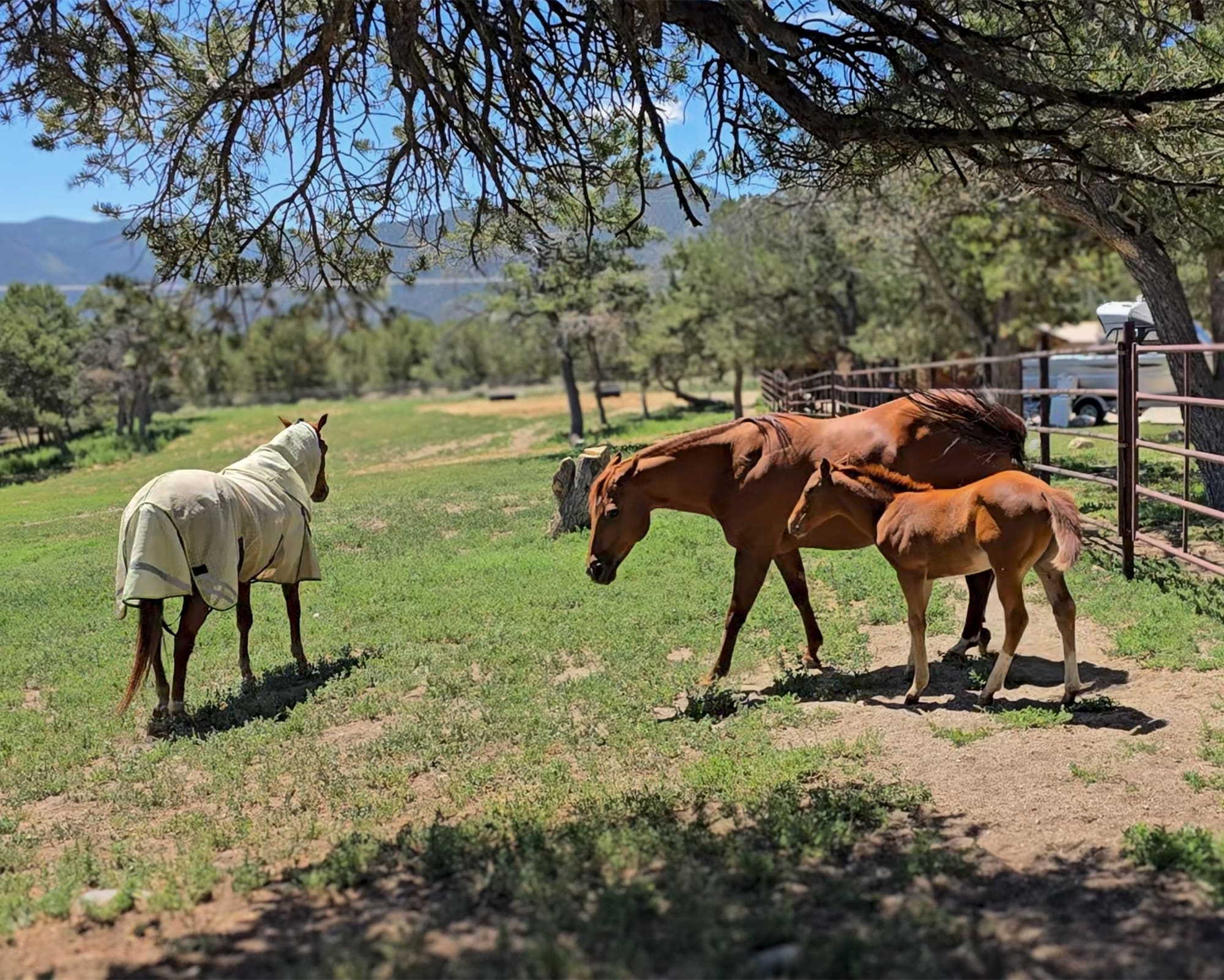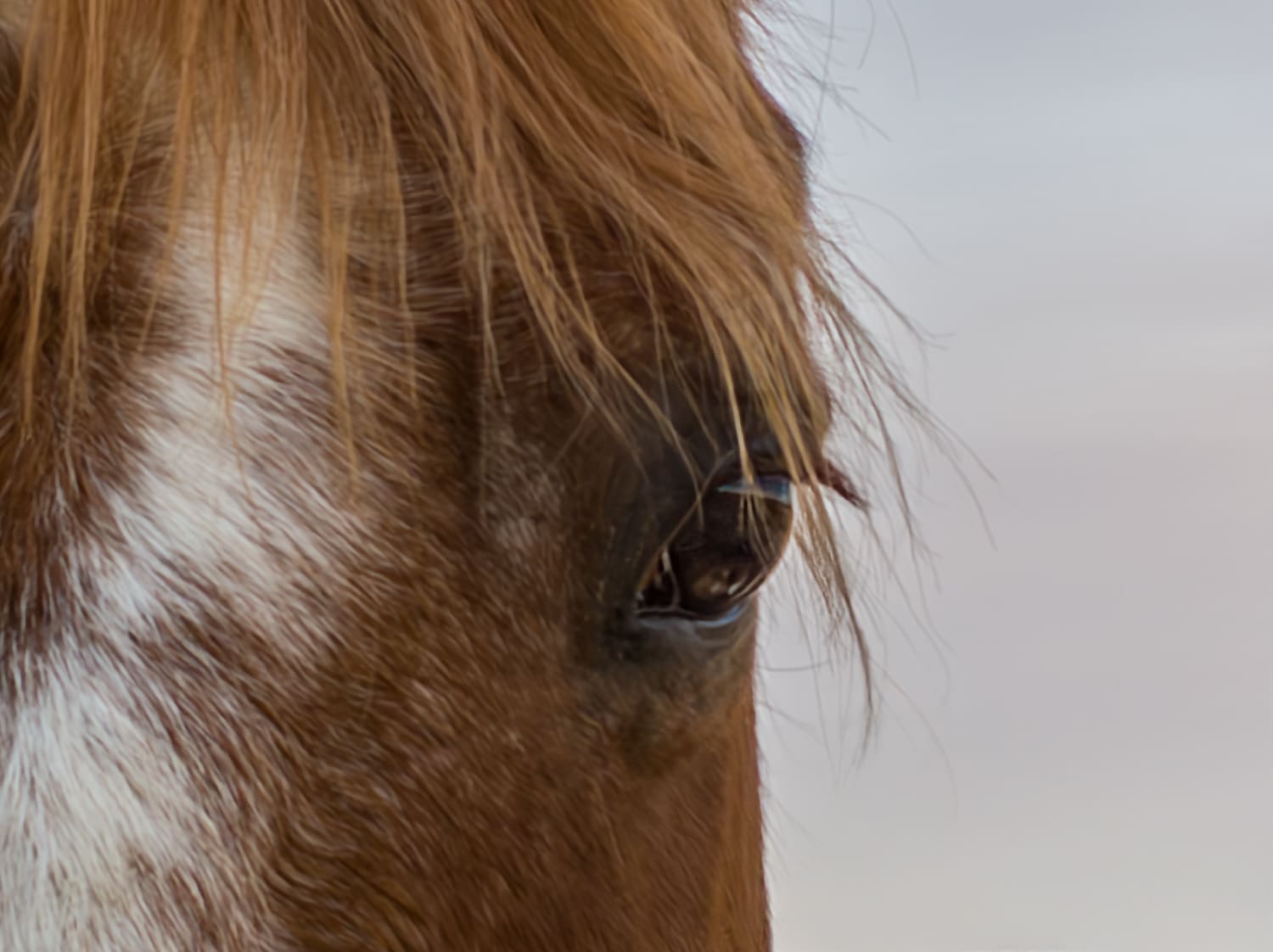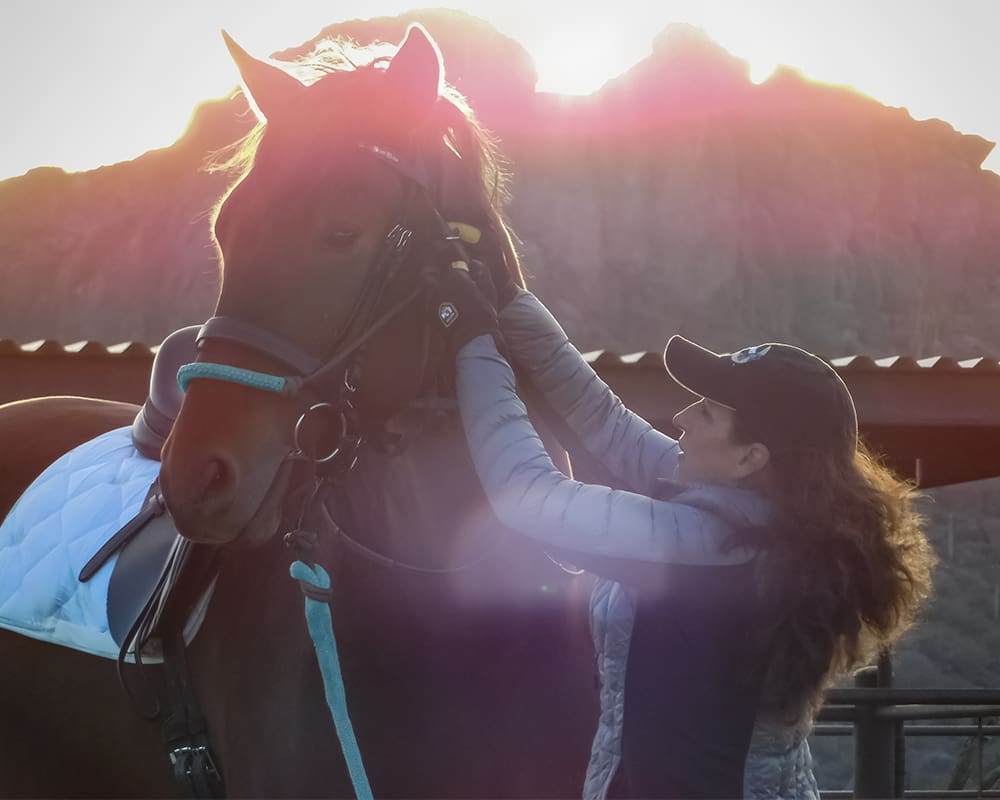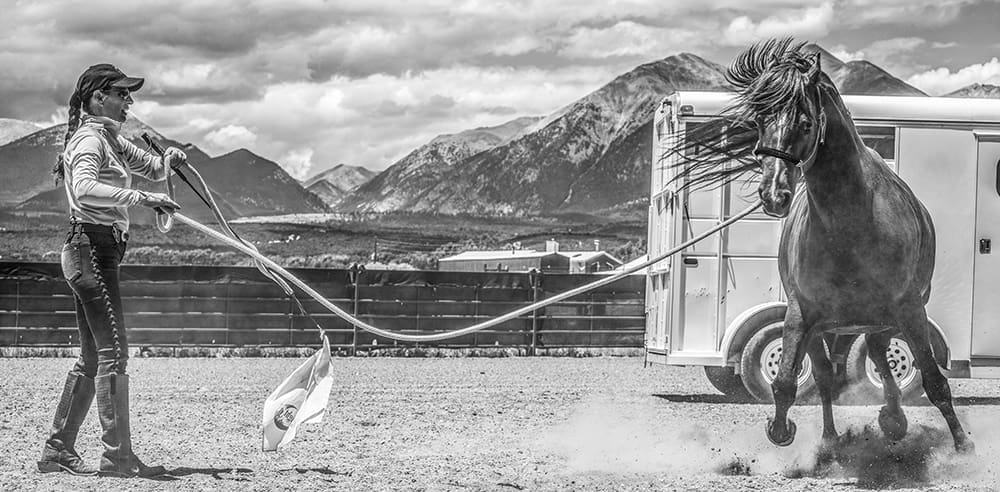Question Category: Issues from the Ground
Question: I have a couple yearlings that are not standing very well for the farrier. My stud yearling, an appaloosa, just wouldn’t stand well at all. The farrier after numerous attempts got his stud chain and backed the stud the length of the barn. He had me bump the chain each time the yearling would pull his feet, mostly the backs.
Well my problem is, I have been reading many books on the gentle approach about horsemanship. They refer a lot to ground work, which I am doing. The yearlings are a bit spoiled, my fault.
Sooooo, the question is do you use stud chains to correct unwanted behavior? Also how would you get these two to stand for the farrier, by 7 weeks so he doesn’t need the stud chain.
When I pick their feet, they do well. I realize I don’t hold their feet up as long as the farrier, so I can see that I should spend more time holding their feet up.
Thanks for your help.
Angie
Answer: Angie,
First of all, it is not the farrier’s job to train the horse to stand in an obedient and mannerly fashion. If your horse is not adequately trained and you expect the farrier to work on his feet, then you also have to accept his training techniques, which are often based on expediency, little patience and harsh pressure. But you cannot blame the farrier– it is your job to train the horse.
Secondly, I do not use stud chains, but prefer instead to use a rope halter with a training lead, which is a much more effective tool for training horses from the ground (the kind I prefer is available on my website). I used chains for many years for halter training, but I have not used them since the first time I used a rope halter. One caveat: there is a reason why they are called “stud chains,” because it is standard and traditional equipment for handling stallions and there are cases where I might use a chain on a breeding stallion.
Lots of people “do” ground work but like with any type of training, it can be done well or not. Groundwork done poorly is training the horse the wrong thing and I have seen many cases where horses have been damaged in the process of “ground work.” To be an effective trainer, you have to know what you are doing and why you are doing it, what is the desired response and how to get it, and most importantly, you must have the ability to reward (release) the horse with perfect timing (the optimum timing is within one-half second of the desired response of the horse).
You need to train your horses to stand still on your request. This can be accomplished in about five minutes with the fussiest of horses if the handler is consistent and has good timing. A trained, obedient and subordinate horse will willingly and calmly stand ground tied, with or without a halter and lead. My DVD called “Lead Line Leadership” explains and demonstrates this training process and there is an article and Q&As on my website that may help.
Your colts also need to learn other important ground manners like to keep their noses in front of the chest when you are working around them and to keep their focus on you. There is lots of information on this subject on my website.
Once you’ve taught the colts to be mannerly and obedient, you need to get them accustomed to what the farrier will require the horse to do: hold the foot up higher and longer, place it between your legs and pound and scrape the foot. As you work with young horses to teach them about foot handling, it is critical that you only put the foot down when the horse is standing still and relaxed. If you release the foot while the horse is fidgeting or fighting, you have trained the horse to fidget and fight. When you let go of the foot, make sure you let it down gently, slowly giving back control to the horse, never dropping his foot out from under him. It is best to place the foot in a specific location when you set it down, but never try to force the foot down.
As you do ground work teaching the horse to stand, work from a looser and looser lead, getting further and further away from the horse like he is ground tied. When he is standing reliably (because you have consistently corrected his mistakes), start lifting his feet and messing with them while he is ground tied. You horse will learn to stand quietly and relaxed while his feet are being handled and manipulated. Be sure to pet and praise the horse for his efforts and make sure that he learns that when he does the right thing, life can be quite good and quite easy.
There’s nothing wrong with your colts that some consistent and disciplined handling won’t cure. There is lots of information on my website that will help you understand the horse-human relationship better and perhaps convince you to be a good leader to your horse, rather than a spoiler and enabler. The good news is that your colts are young enough that any bad habits they have developed are not very engrained. Good luck!
JG
Copyright ©Julie Goodnight 2000. All Rights Reserved. No part of this website may be reproduced without owner’s express consent.



